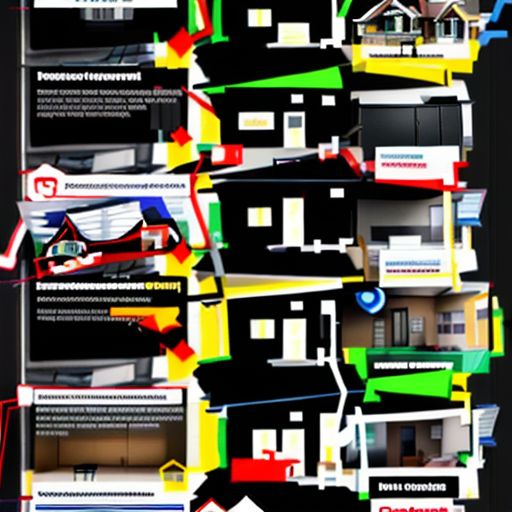Remember the days when you could walk into a bank, flash a wad of cash, and walk out with a mortgage? Okay, maybe it wasn’t quite that simple, but “no doc” mortgages, where borrowers provided minimal documentation, were once a reality. Today, they’re largely a relic of the past, a casualty of the 2008 financial crisis.
This article delves into the world of No Doc Mortgage Loans – what they were, their rise and fall, and what options exist today for borrowers seeking less stringent loan requirements.
What Were No Doc Mortgage Loans?
“No doc” is actually a bit of a misnomer. While these loans earned notoriety for their seemingly non-existent paperwork requirements, borrowers did have to sign a loan application. However, they didn’t need to provide proof of income, employment history, or assets. Lenders based loan approval primarily on the borrower’s credit score and the value of the property.
Types of No Doc Loans:
- Stated Income, Verified Asset (SIVA): Borrowers stated their income and provided documentation to verify their assets, like bank statements.
- No Income, Verified Asset (NIVA): Borrowers only needed to verify their assets.
- No Income, No Asset (NINA): The most lenient option, requiring no income or asset verification.
The Rise and Fall of No Doc Loans
The Appeal:
No doc loans were particularly attractive to self-employed individuals, entrepreneurs, and those with fluctuating incomes who might struggle to qualify for traditional mortgages. They offered a faster and seemingly easier path to homeownership.
The Downfall:
The lack of documentation made these loans risky. Borrowers were often enticed to inflate their income or misrepresent their financial situation, leading to a surge in defaults when the housing bubble burst. No doc loans played a significant role in the 2008 financial crisis, leading to their eventual demise.
mortgage.irishsetterpub.com/wp-content/uploads/2024/07/no doc mortgage loan-6691f2.jpg" alt="No Doc Mortgage Loan Explained" width="512" height="512">No Doc Mortgage Loan Explained
What Are the Alternatives to No Doc Loans?
While true no doc loans are essentially extinct, several options cater to borrowers who may not fit the mold of traditional lending requirements:
1. Bank Statement Loans:
Ideal for self-employed individuals or those with fluctuating income, these loans use bank statements (typically 12-24 months) to verify income.
2. Asset-Based Loans:
These loans leverage the borrower’s assets, such as stocks, bonds, or real estate, to secure the loan.
3. Private Mortgages:
Private lenders, often individuals or smaller companies, may have more flexible lending criteria. However, these loans typically come with higher interest rates and fees.
Navigating the Mortgage Landscape Today
The mortgage industry has learned valuable lessons from the past. While the days of easy-to-get no doc loans are over, there are still options for borrowers who don’t fit neatly into traditional lending boxes.
Before pursuing any mortgage:
- Check your credit score and understand your financial situation.
- Research and compare different loan options.
- Consult with a reputable mortgage broker who can guide you toward the best solution for your circumstances.
While navigating the mortgage world today might require a bit more paperwork than it did a decade ago, with careful planning and informed decision-making, homeownership remains a tangible goal for many.



